Past and Present: The Clarendon Hotel
A look at Brooklyn, then and now. Up until about 10 years ago, it was impossible to find a legitimate full service hotel in Brooklyn. Looking back at the city’s history, it’s hard to believe, as there used to be so many hotels in Brooklyn it seemed there was at least one on every other…
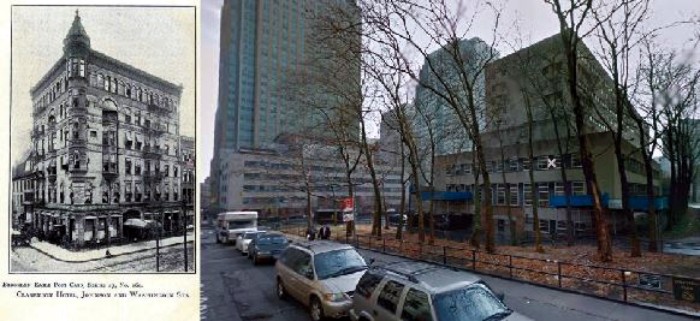

A look at Brooklyn, then and now.
Up until about 10 years ago, it was impossible to find a legitimate full service hotel in Brooklyn. Looking back at the city’s history, it’s hard to believe, as there used to be so many hotels in Brooklyn it seemed there was at least one on every other block in some neighborhoods. The pace of today’s hotel building doesn’t come close to matching the number of hotels we used to have. There were all kinds, large and small, catering to travelers, businessmen and tourists, as well as to those who chose to live in hotels for a season, or year round.
Brooklyn Heights and Downtown, as the most frequently visited parts of the city, and closest to Manhattan, had a great number of hotels, and they were all huge. Many of them, if they survived the various changes in urban life over the last 100 years, like the St. George, the Bossert and the Leverich, became apartment buildings. Some of them, like the Hotel Marguerite, burned down. A few were lost to the grand designs of urban renewal, and were torn down for Cadman Plaza. We lost the Touraine and the Clarendon Hotels in that project.
Both hotels were large and important, but the Clarendon, by virtue of its location and design, stood out. The first Clarendon Hotel stood on the corner of Johnson and Washington Streets, across from the Central Post Office building. It was damaged in the horrific fire that burned down the Brooklyn Theater, next door to the hotel. That fire, in 1876, killed over 300 people, and was the worst disaster in Brooklyn history. The new Brooklyn Eagle Building rose on the old theater and after surviving for another 20 or so years in the old building, the new Clarenden Hotel rose nearby, going into operation in the summer of 1890.
This was a splendid hotel, designed by J.G. Glover, a Brooklyn architect of some note. The design was a strong Romanesque Revival design, with turrets and towers, which fit right in with many of Brooklyn’s best new buildings, like the Fire Headquarters, the Germania Club and the magnificent Post Office, which was just across the street. Hotels like the St. George were great places to stay, but it was tucked away in the Heights. The Clarendon was right in the middle of the action.
It was only a short walk to Fulton Street’s expanding and sumptuous shopping district, along with nearby theaters and restaurants. For travelers who were here on business, staying at the Clarendon allowed easy access to Brooklyn’s City Hall and other civic buildings, and the hotel was a block away from the elevated cable car, and later train service, traveling across the Brooklyn Bridge. Manhattan’s City Hall and offices were easily accessible as well.
The hotel offered nightly plans, but also accepted longer stays; weeks, months, or even permanent lodging. It was six stories tall and had 160 rooms. It also had an expansive banquet room, as well as smaller dining rooms, and hosted many dinners, meetings, conferences and special occasion dinners. Political rallies were held here, church dinners, union meetings, and private luncheons with important businessmen. Charles Ebbets was a regular here, holding meeting regarding the future of his ball team, the Dodgers.
The hotel, old and new buildings, had been run by John Hill for many years. He had seen the worst and the best of the hotel’s history. In 1910, early in the morning, a massive explosion rocked the hotel. A hot water tank in the basement exploded directly under the dining room on the first floor. The six-inch concrete floors burst upward, shattering tables and chairs. Windows exploded outward and the hotel’s electric system was affected, as were the elevators.
Six men were injured, five of them engineers working in the basement. The sixth man was a waiter in the dining room above. The engineers rushed to shut off the valves, suffering scalding burns and the most seriously injured suffering internal injuries. Hotel staff and patrons rushed to get them out of the basement and out into the street, where they were taken to local hospitals. Fortunately, no one died. The explosion happened right before people would have been coming down to breakfast.
The hotel staff scrambled to calm everyone, and assure them of their safety, and patrons were served in other dining rooms. The elevators and the lights were fixed immediately, and for the patrons of the hotel, life was back to normal in hours. It would take much longer for the hotel to recover, but it did. It was thought that the pressure in the hot water tanks had somehow gotten too high, but no more was reported about it.
In 1922, the hotel went up for sale. The New York Times estimated the price to be around $150,000. Since the current management had a contract until 1925, there would be no changes to the hotel until then. The Clarendon was still a popular hotel, but was not top flight anymore. The area around it and the Post Office was now crowded with the elevated train line, and a lot of buildings.
It was noisy and sooty. The building itself still retained the posh French Renaissance décor that it opened with, and had lots of mahogany trimmings and all the finest décor 1890 could muster. But it was no longer 1890, it was the Jazz Age. The hotel’s glory days were fast coming to an end.
We’ll fast forward to the 1950s. The Clarendon was still standing, but was a rundown lower end hotel. It was part of Robert Moses’ much touted “blighted area” that would be razed for Cadman Plaza. In September of 1953, a group of men gathered at O’Toole’s Old Clarendon Inn on nearby Adams Street. They planned to raise a glass to the old hotel, a last one, as it would be torn down shortly. They remembered the good days there, and pondered the changes in Brooklyn and the old neighborhood.
The Clarendon joined the Brooklyn Eagle Building, theaters and a lot of nondescript buildings in one of the largest demo projects the borough has ever seen. Today, Cadman Plaza stands in its place, the edge of the State Supreme Court Building near where the hotel once stood. GMAP

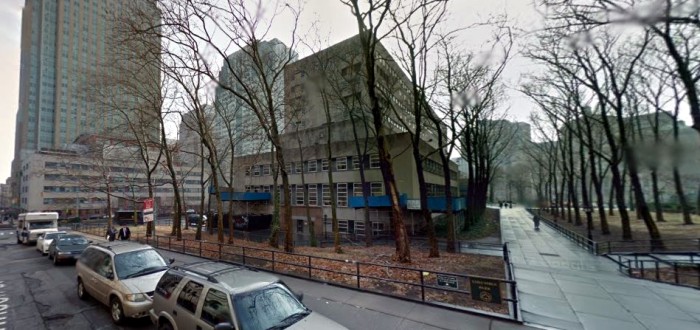
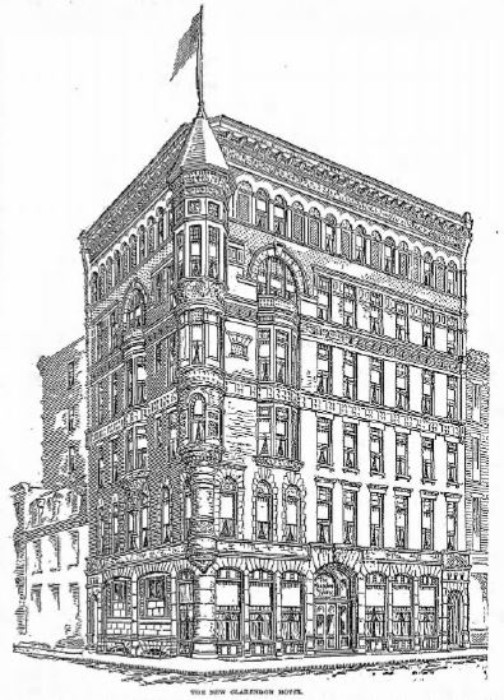

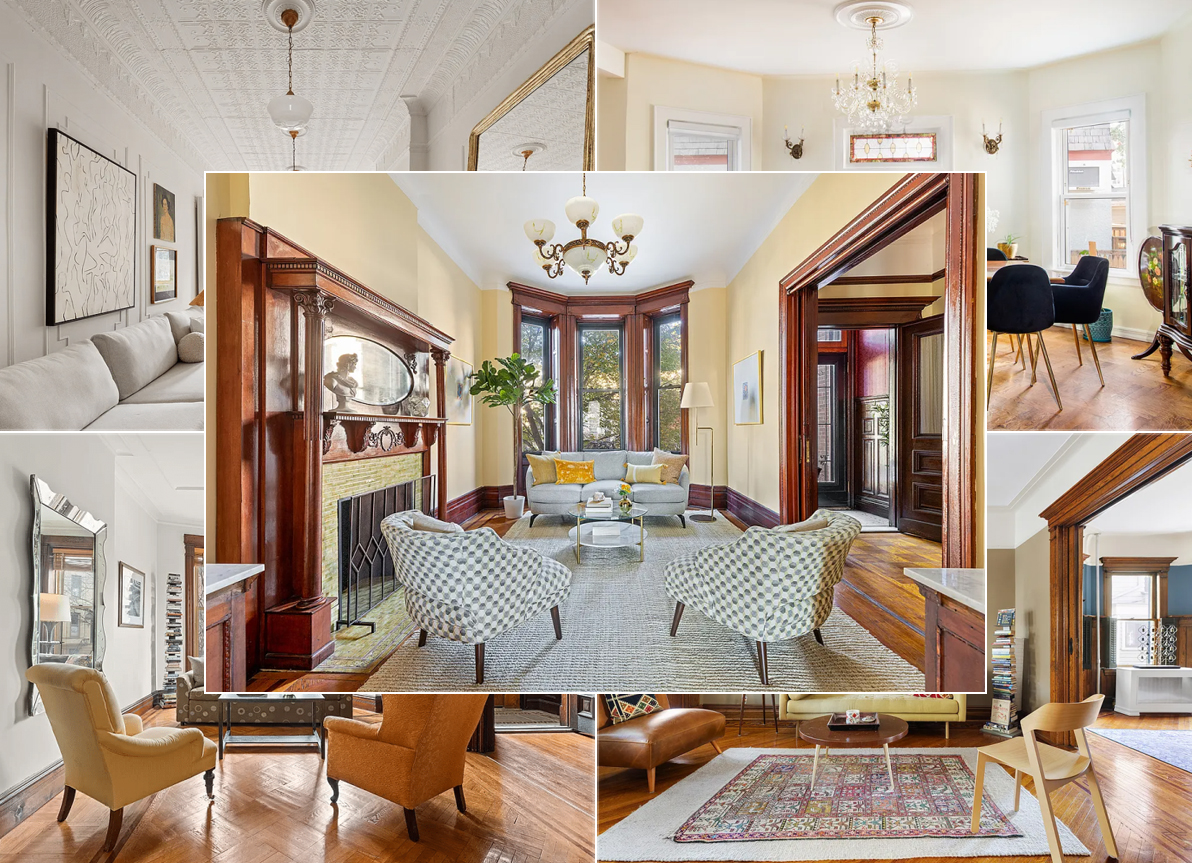
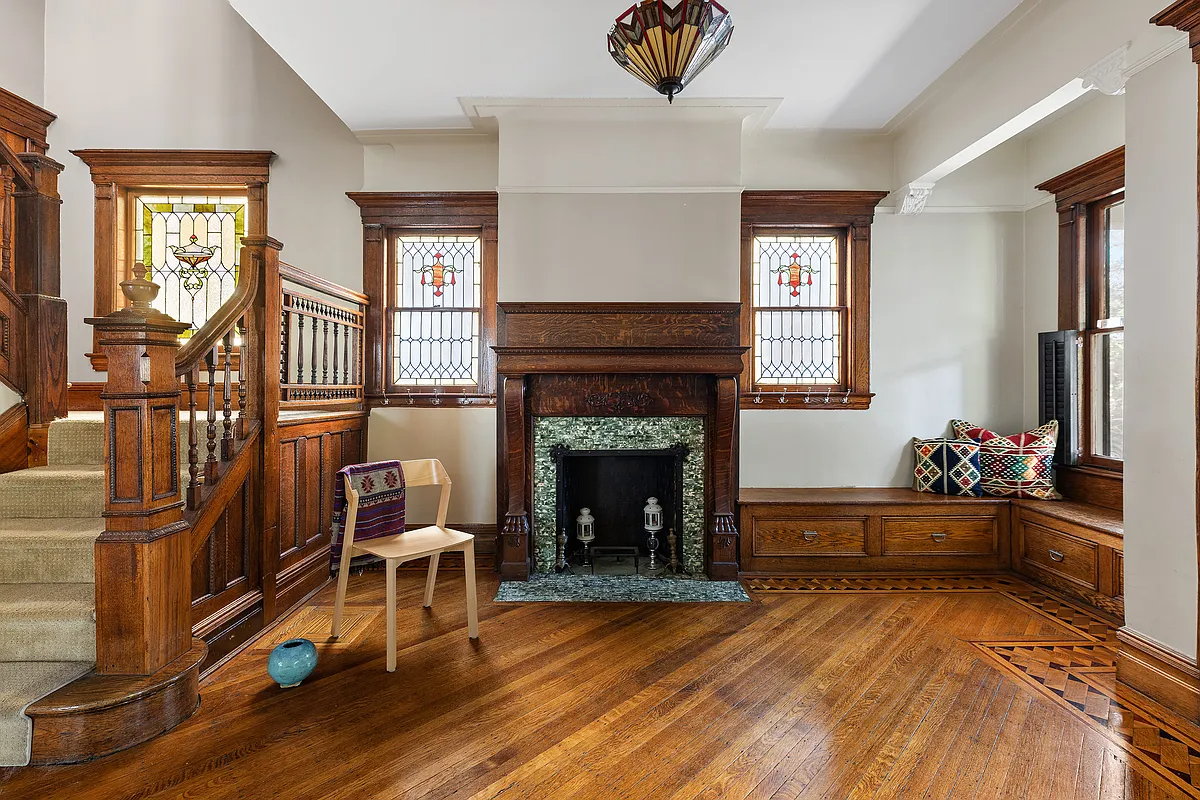
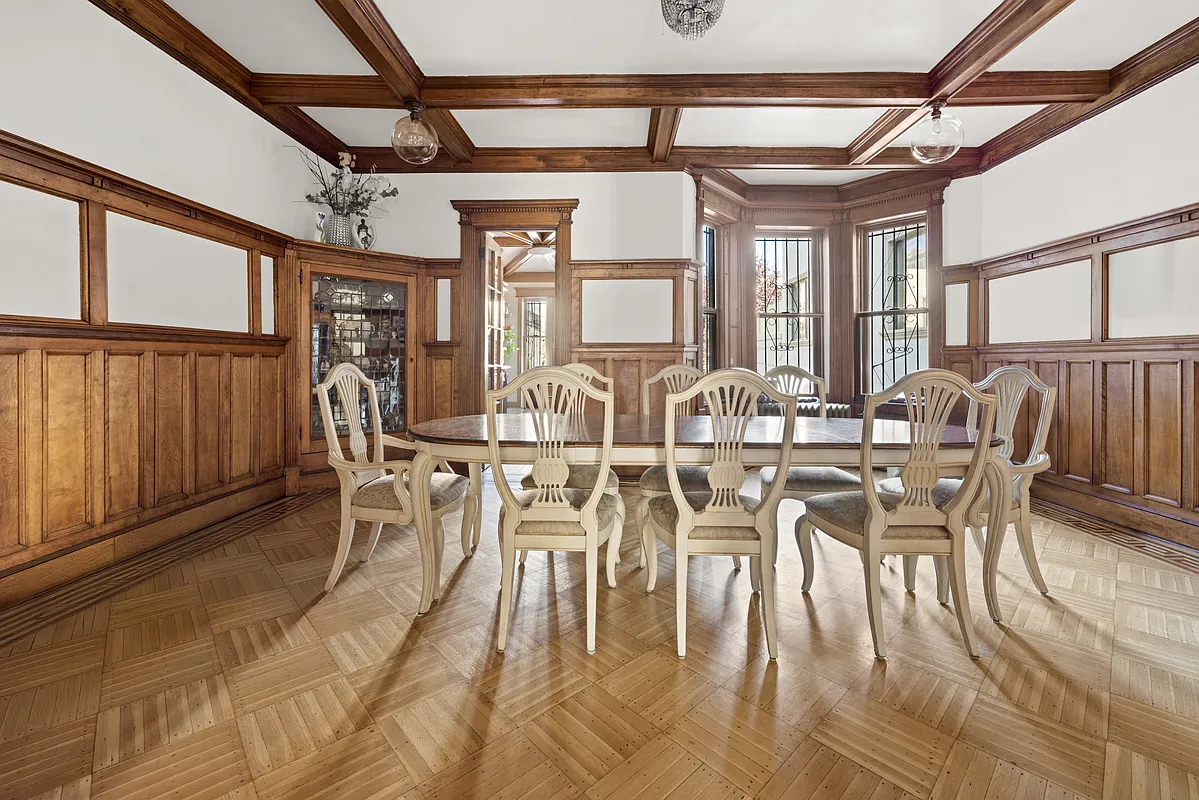
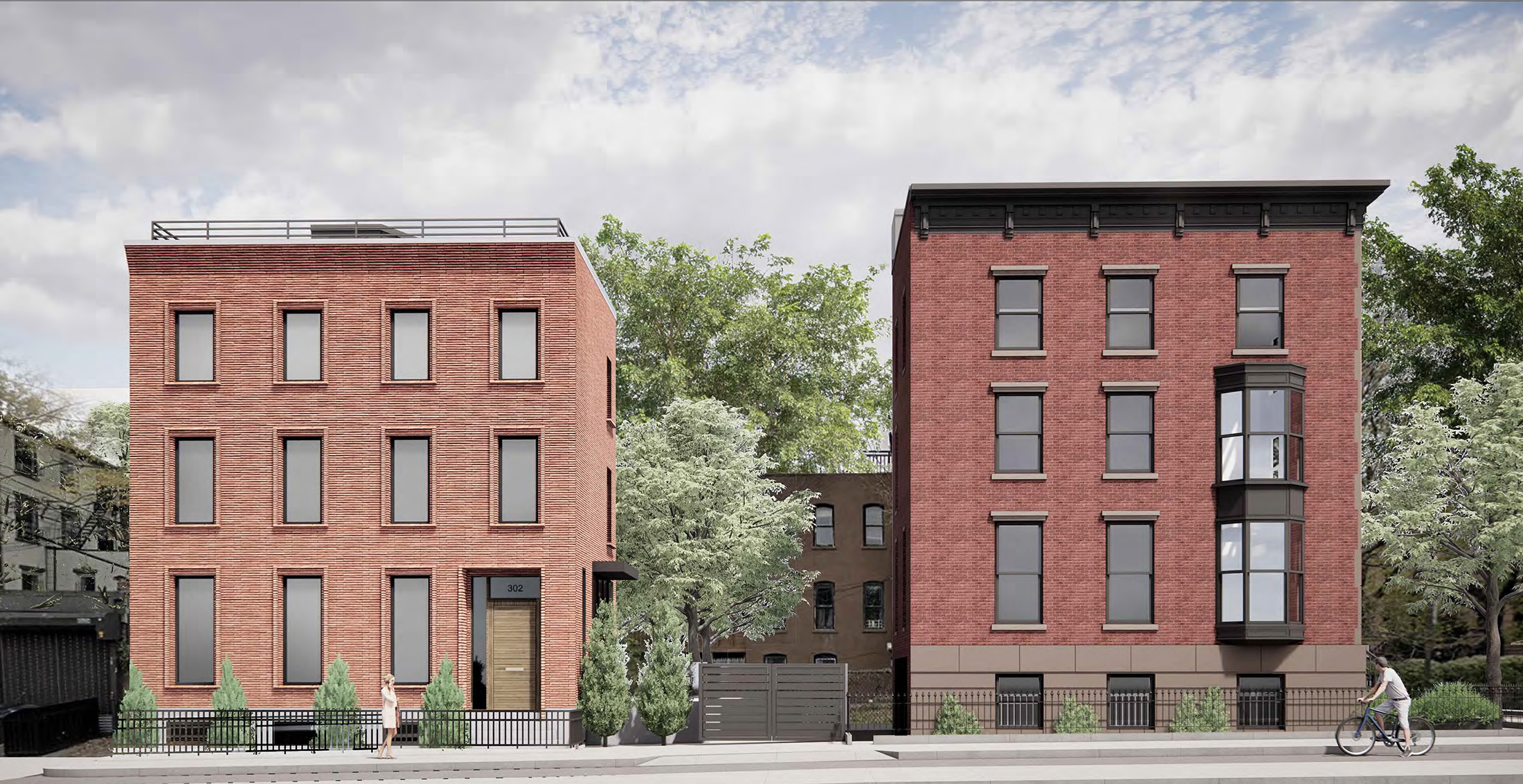




That is really sad, the new building looks so rural and cheap,and the Clarendon was an awesome hotel and, strangely, it is still on http://new-york.hotelscheap.org/. I wonder how would I get confirmation for my reservation 😀